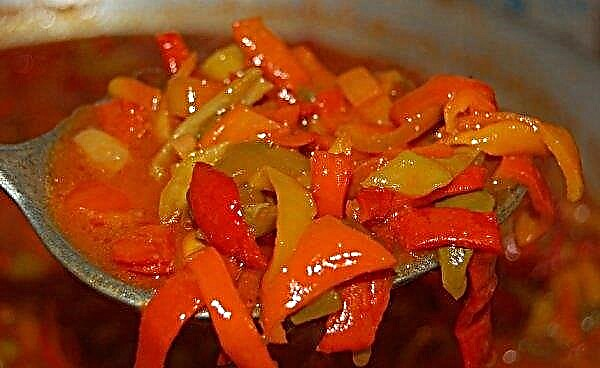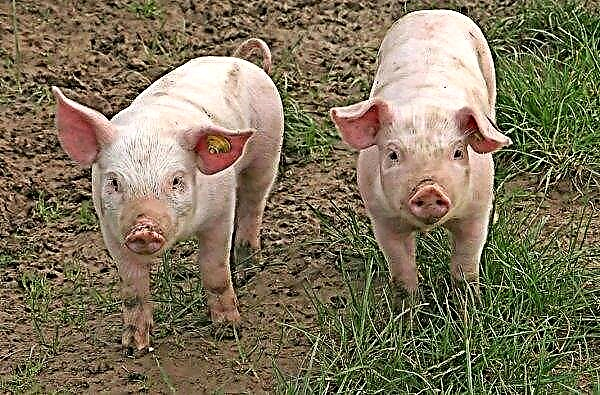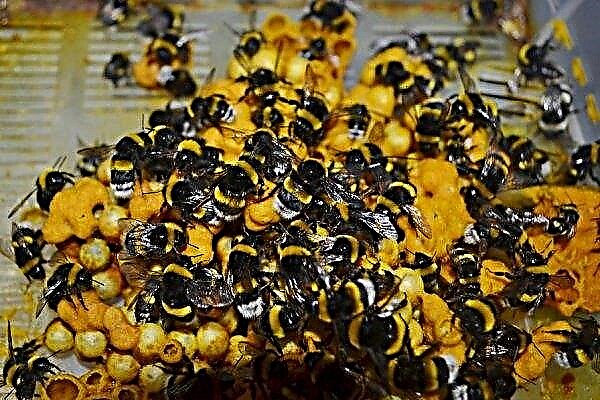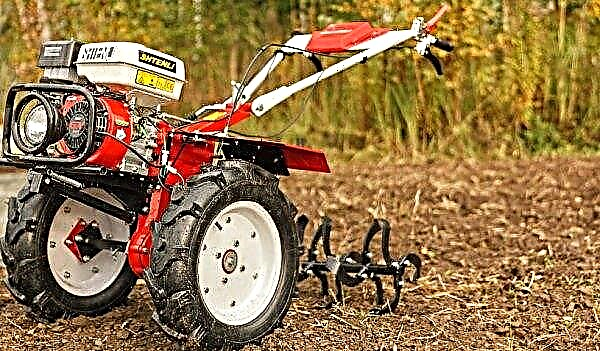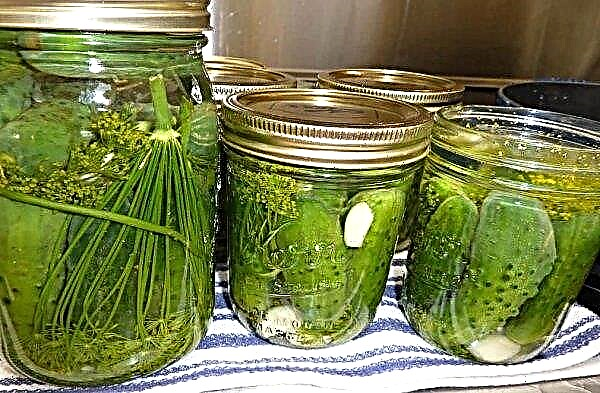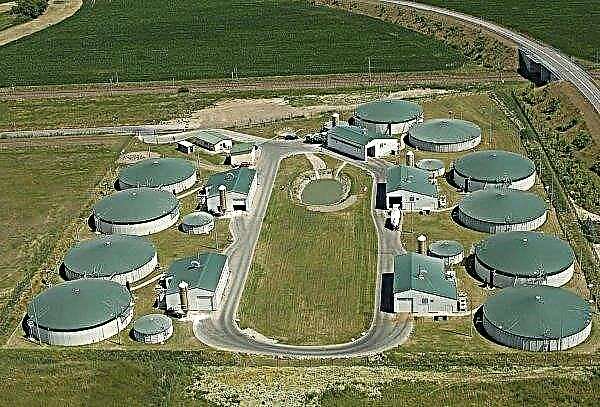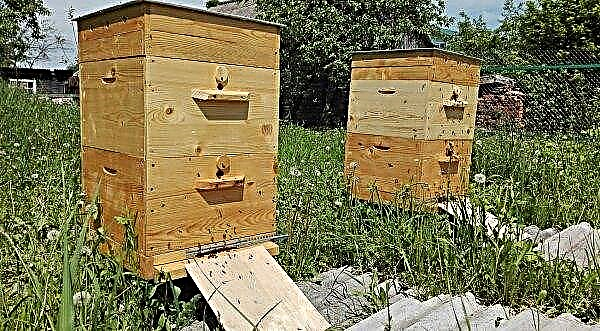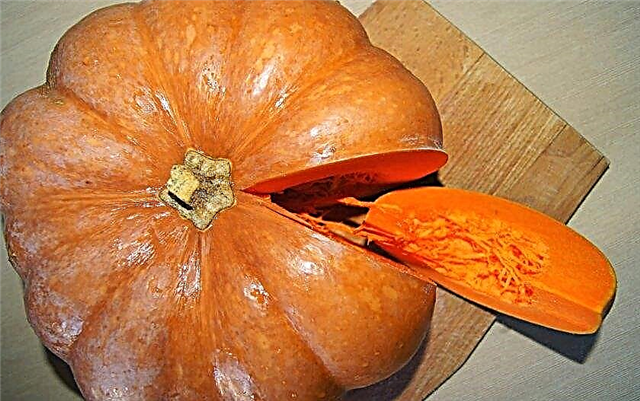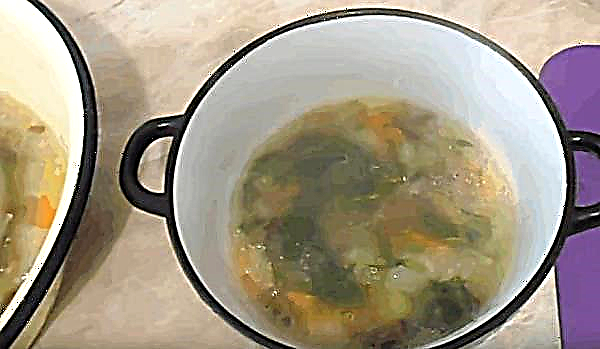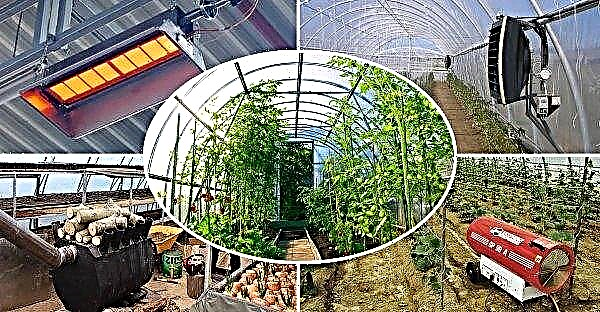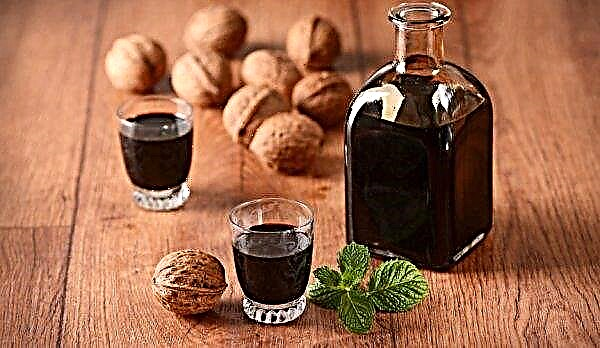Copper sulfate is both a fertilizer and a means of protecting plants from diseases and pests. It is actively used for processing almost all types of garden crops, including currants. Before using the drug, you need to determine the goals of the manipulation, as well as the principle of action, which will help to choose the right dosage.
Why process currants in spring
In early spring, when the awakening of vegetation is just beginning, it is necessary to carry out a number of preparatory measures, which include treatment with copper sulfate.
Manipulation has several goals:
- Getting a healthy crop - For many years now, not only private farms, but also large industrial agricultural firms have been giving preference to vitriol, despite the fact that many new drugs were released. The product protects the vegetation from diseases and pests, and also stimulates an increase in immunity and helps to increase the life cycle of the bushes.
- Increasing soil fertility - Helps to improve the quality of soils that lack humus, nitrogenous compounds and copper.
- Enhancing frost resistance of bushes - by increasing the immunity of vegetation by destroying fungal microflora and parasites, the quality of wood improves. The shoots maintain their integrity, which prevents various harmful microorganisms from entering the wound surfaces in the wind and freezing in the winter.
Using the drug in question, it must be taken into account that with its help it is possible to both improve and worsen the state of vegetation and soil. To use the product correctly, you must first study its principle of action, and already starting from this, as well as from the phase of vegetation and the state of vegetation at the time of treatment, select a dosage.Did you know? In the food industry, copper sulfate is used as an additive E519, which plays the role of preservative and color fixer.

Properties and action
The product is a powder mass consisting of blue-gray crystals. The main active ingredient is copper sulfate. For 1 kg of the drug it accounts for 980 g. The substance belongs to the category of non-combustible, fire and explosive elements. It is characterized by high hygroscopicity (the ability to absorb moisture from the atmosphere). Copper sulfate is soluble in water, hydrochloric acid and alcohol. Upon contact with moisture, it attaches 5 water molecules, turning into copper sulfate - crystalline hydrate of the chemical element in question. Once in a dry environment, crystalline hydrates give off water and are converted to white or grayish powder.
Did you know? Copper sulfate is used in winemaking to eliminate taste and aroma defects in products. In addition, this substance is actively used as an antiseptic for the prevention and treatment of various diseases in fish.
Used copper sulfate:
- to eliminate fungal microflora and parasites;
- as a prophylactic for treating plants and soil;
- as a fertilizer for soil;
- for disinfecting garden tools designed for weeding, digging and pruning;
- as a means of increasing the resistance of shoots to cold.
 The period of protective action is 30 days from the date of application of the solution. But even after this period, the effect persists.
The period of protective action is 30 days from the date of application of the solution. But even after this period, the effect persists.The mechanism of action of the drug is the reaction that occurs between copper ions, lipoprotein and enzyme components of fungal or bacterial cells. In other words, the active substance of the drug is embedded in the DNA chain of the fungal spore (pest), which causes irreversible destructive processes.
Even after the expiration of the active period, the bacteria do not have the ability to multiply and die over time. At the same time, the active substance has a healing and stimulating effect on plants. Copper is one of the components that make up the enzymes of the plant body, which are involved in redox reactions. In addition, the chemical element activates the processes of nitrogen and carbohydrate metabolism, which contributes to the increase of currant resistance to fungal medium. Due to the improvement of carbohydrate metabolism, the level of sugar in fruits increases.
Solution Preparation: Dosage
To make the solution, you need to prepare containers of glass or enamel. The dosage will depend entirely on the purpose of the treatment. If damages by diseases and pests were already marked on the currant last year, then a 3% concentrate intended for treatment is needed. In cases of using the drug as a prophylactic (when plantings have never been infected with fungus and parasites), 1% solutions are used.
To disinfect and fertilize the soil, 5% concentrate is required. In the first case, 300 g of substance is added to 10 liters of water, in the second - 100 g, in the third - 500 g. Also, the dosage is determined depending on the age of the plant - old bushes need 3% concentrate, young, with a large number of flexible, non-lignified shoots - 1%.Important! The lower the concentration of copper sulfate in water, the more saturated the color of the solution will be.

Instructions for preparing the working solution:
- Wear clothing that covers skin, goggles and high rubber gloves as much as possible.
- In a pre-prepared container, pour the necessary amount of copper sulfate (100 g, 300 g or 500 g - depending on the required dosage).
- Heat 10 l of water to a temperature of + 50 ° C.
- First add 500 ml of liquid to the powder, stir. Leave on for 5 minutes, so that the mass acquires a more uniform consistency.
- Add the remaining 9.5 liters of water to the prepared suspension, mix well.
The finished concentrate is cooled to + 25 ° C. After that, pour into a container with a spray.
Video: Cooking vitriol and processing plants
Application rules
Treat currant bushes until the buds open. If the first leaves have already appeared on the plant, the moment is lost. It’s difficult to pinpoint the exact timing. Here you need to focus strictly on the climatic conditions of a particular region. Usually they begin to spray plants with copper sulfate from mid-March (south) to mid-April (latitudes with a temperate climate).
In the northern regions, manipulation may be delayed until mid-May. The main condition is the average daily air temperature should be set at + 5 ° C. Do not spray in sunny, too windy or rainy weather. Otherwise, burns may remain on the shoots or the effectiveness of the procedure will decrease. It is best to perform manipulation in the morning or in the evening.
The rules for processing copper sulphate currant shrubs:
- To carry out preparatory work - aeration of the soil around the bushes, sanitary and forming pruning. After removing the branches, it is necessary to disinfect the wound surfaces with wood ash and close with garden var.
- Do not mix the product in question with other fungicides and insecticides.
- For each bush, spend no more than 1.5 liters of working fluid.
- Before carrying out the manipulation, put on a protective mask on your face, throw a plastic raincoat over your clothes. Make sure there are no children or animals nearby.
- At the time of processing, make sure that the liquid evenly covers all shoots.
- From time to time, you should measure the acidity of the soil, as the substance contributes to the acidification of the soil. With an increase in the acidity index, it is imperative to carry out work to eliminate this phenomenon by embedding wood ash (400 g / m²) into the soil to a depth of 5 cm.
- If the product gets on the skin, rinse quickly with plenty of water. If the concentrate gets inside, call an ambulance immediately and drink 300 ml of milk.
Important! Working solution of copper sulfate cannot be stored for more than 10 hours.
Currants, like all other crops, need preventative treatments in the spring. Using copper sulfate for this purpose is one of the proven effective options. Its use allows you to protect plantings from diseases, pests, and also improve soil quality.

